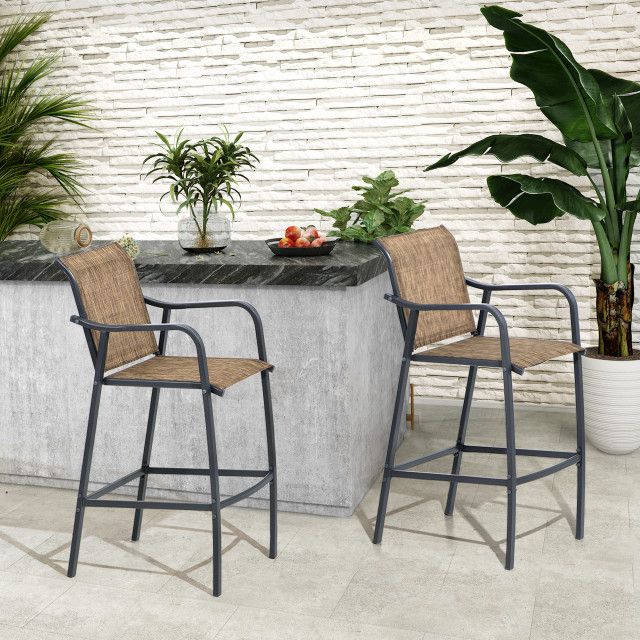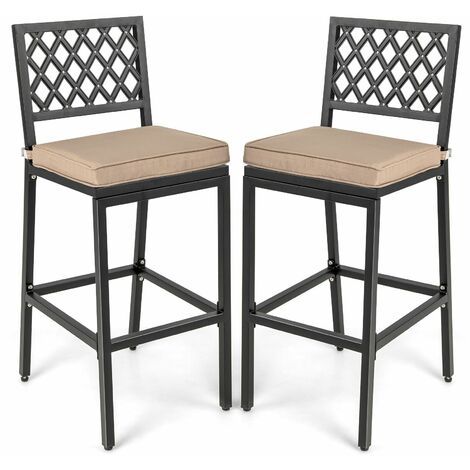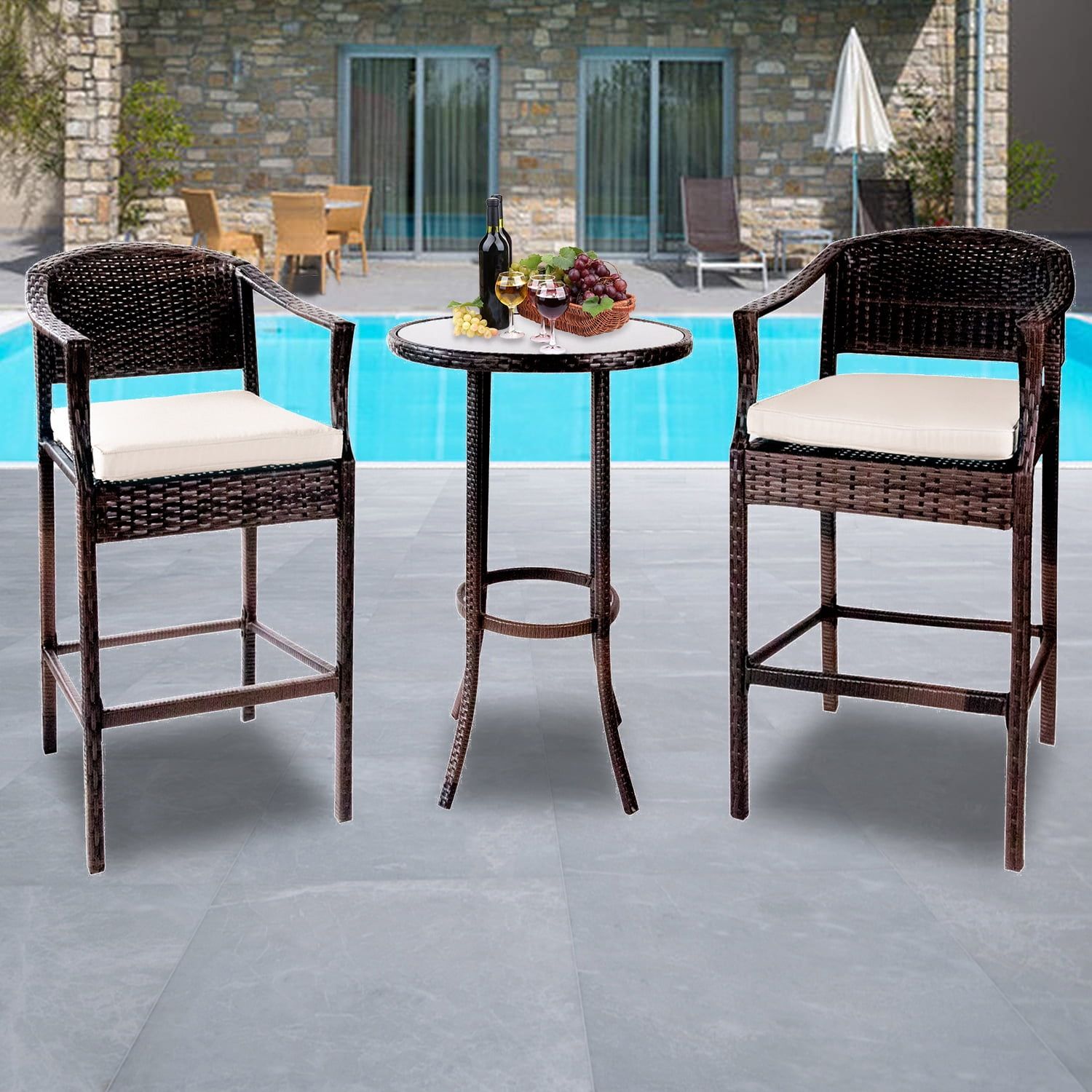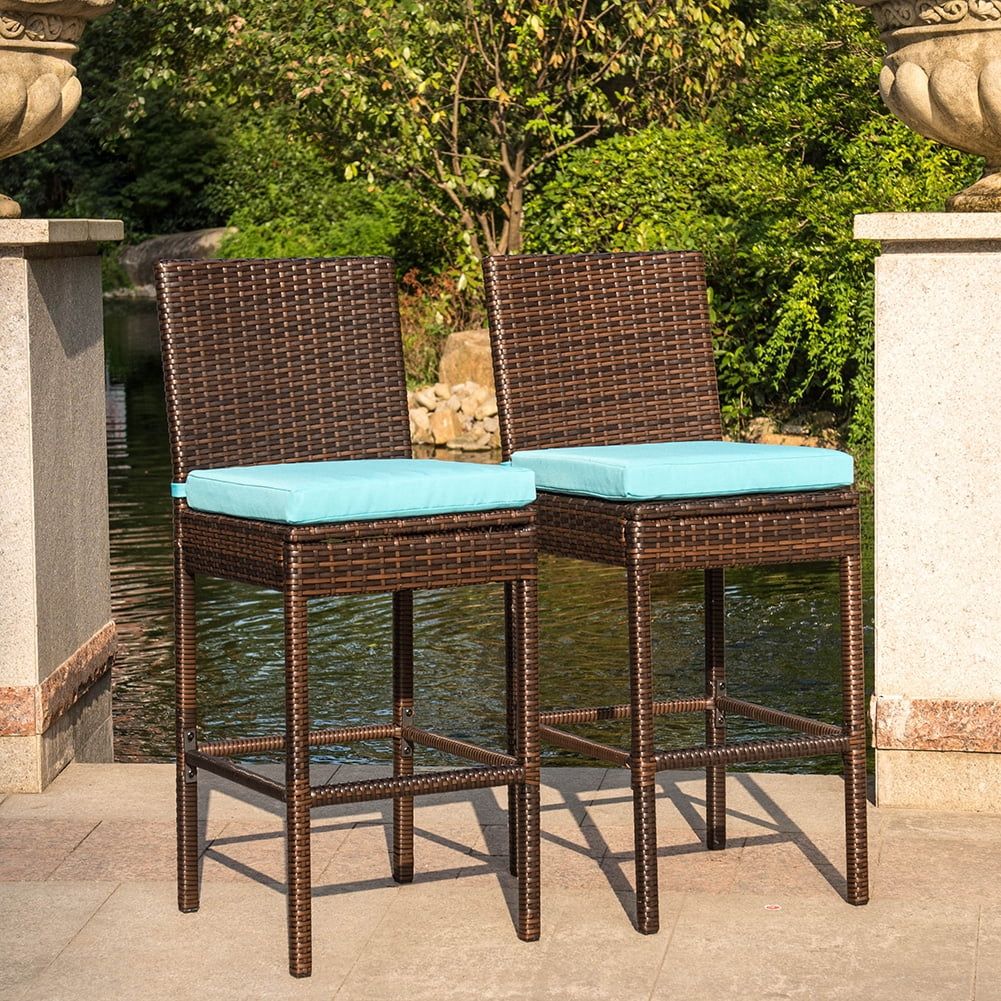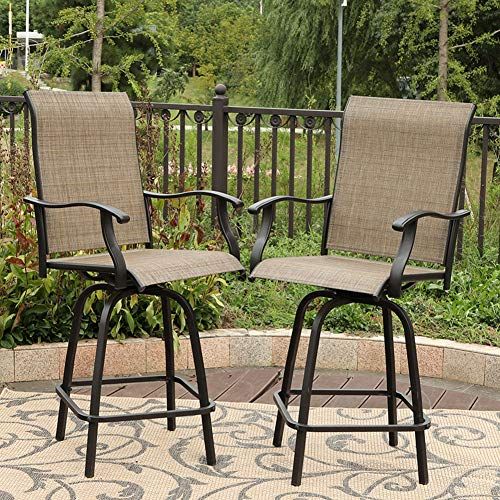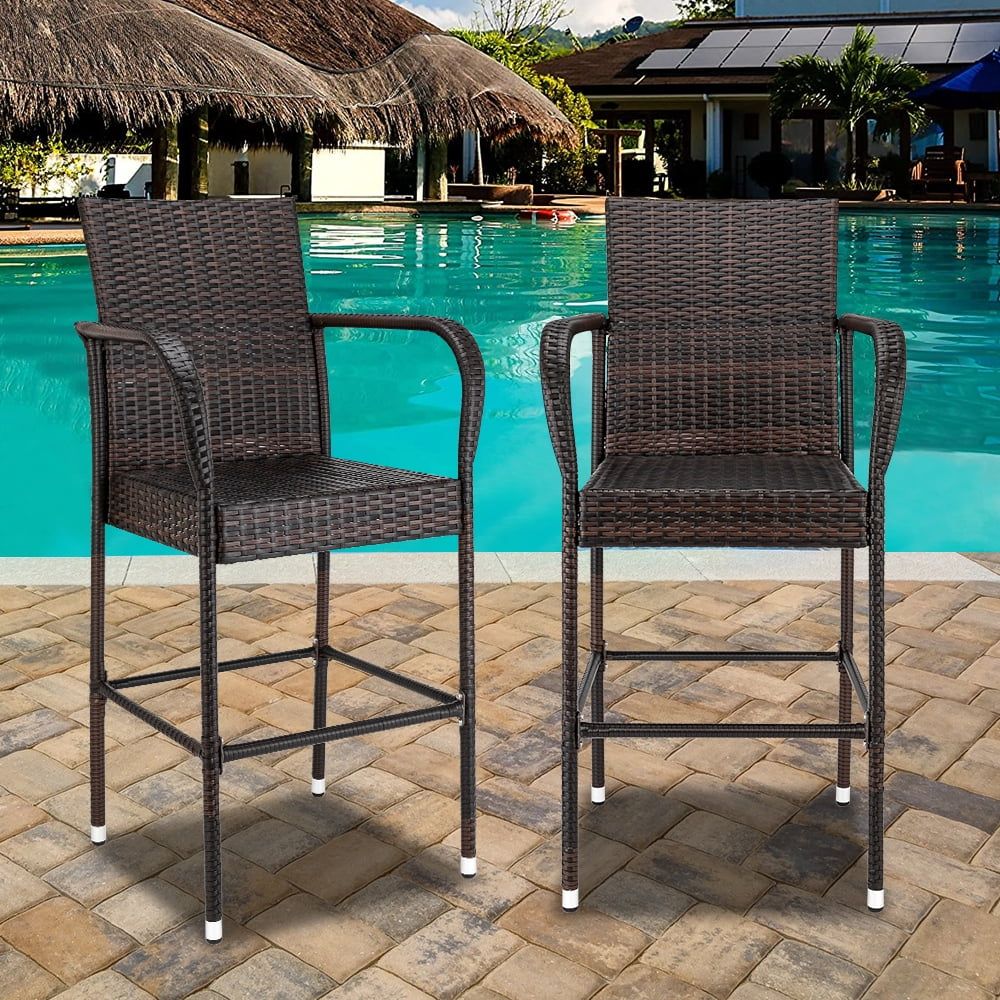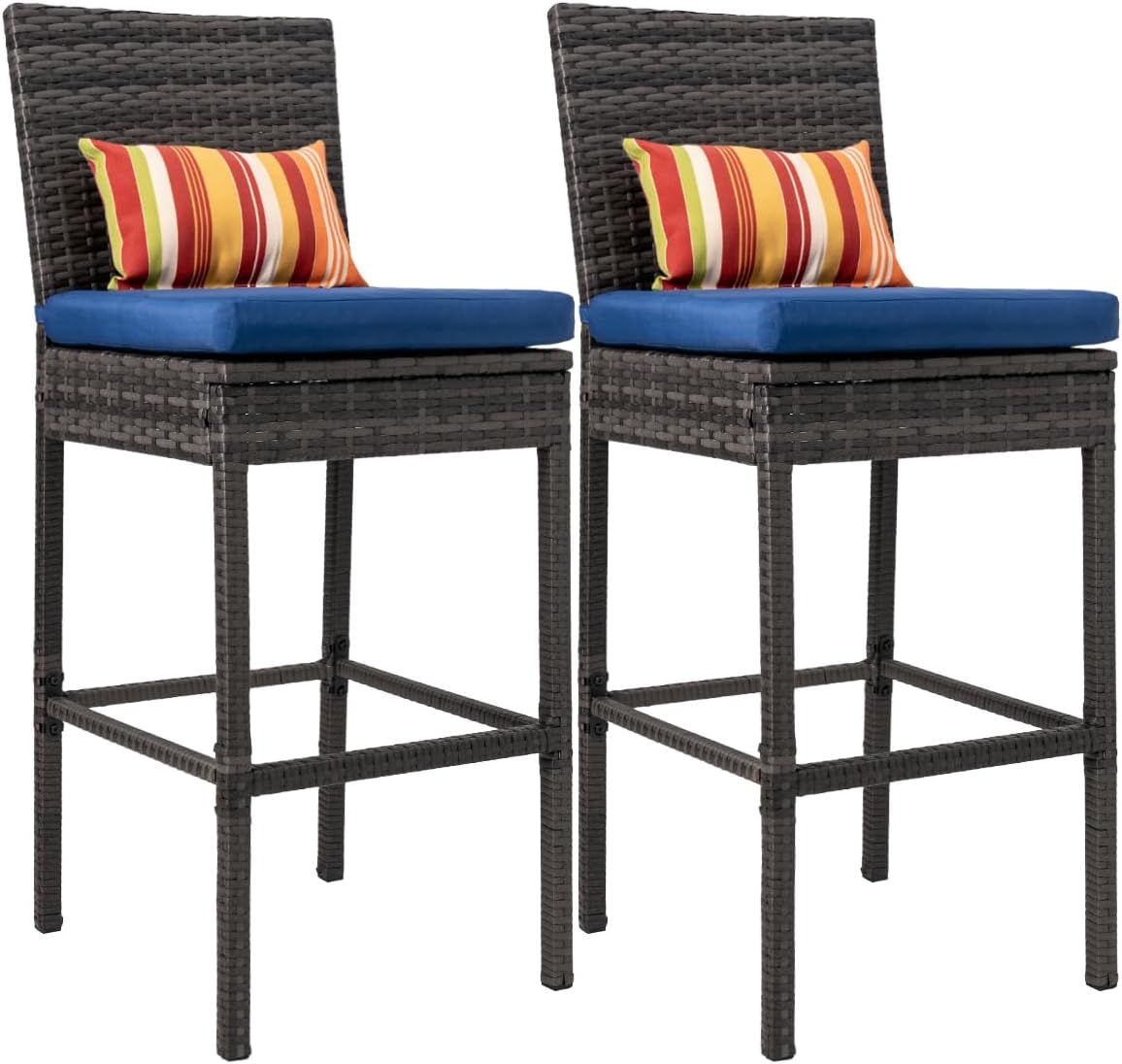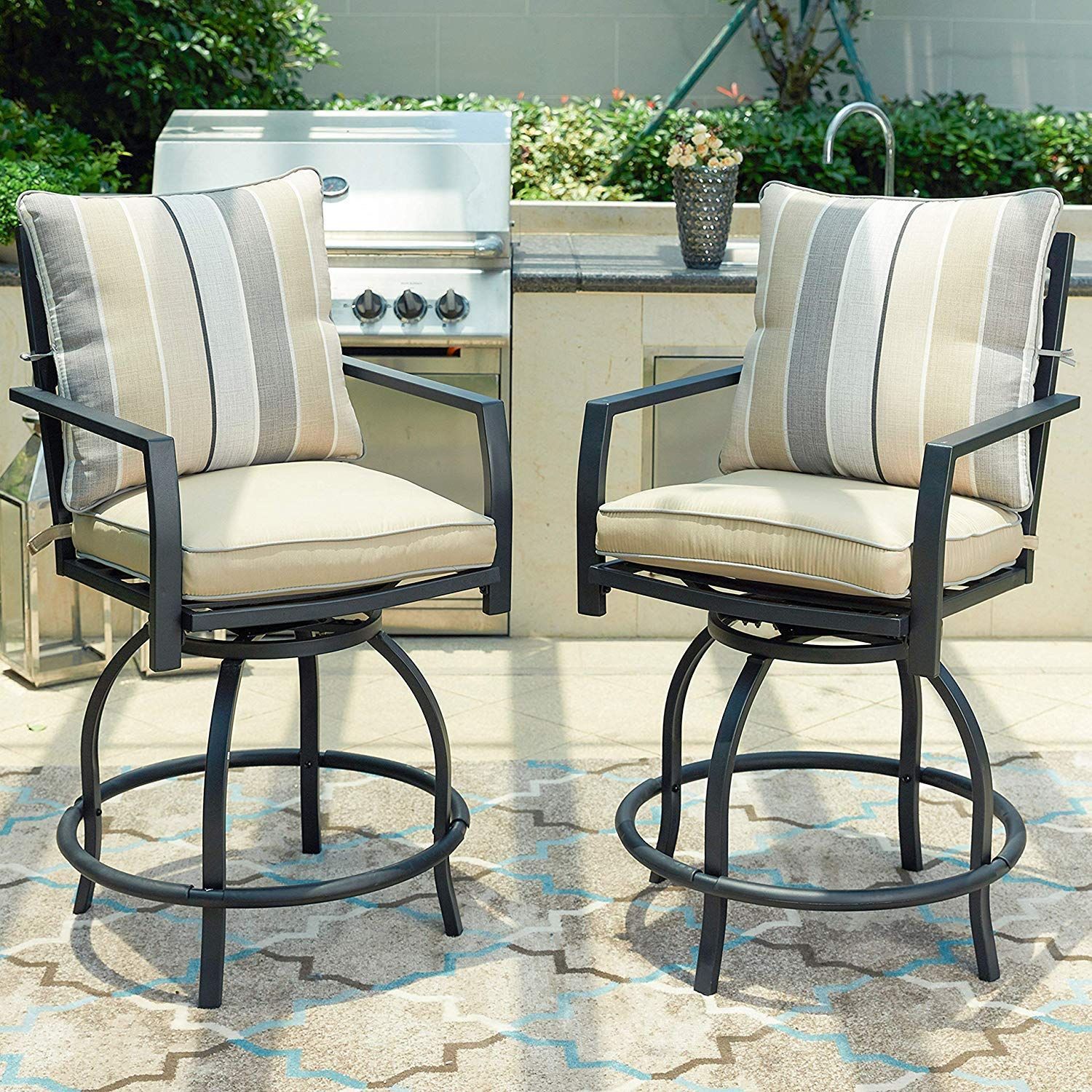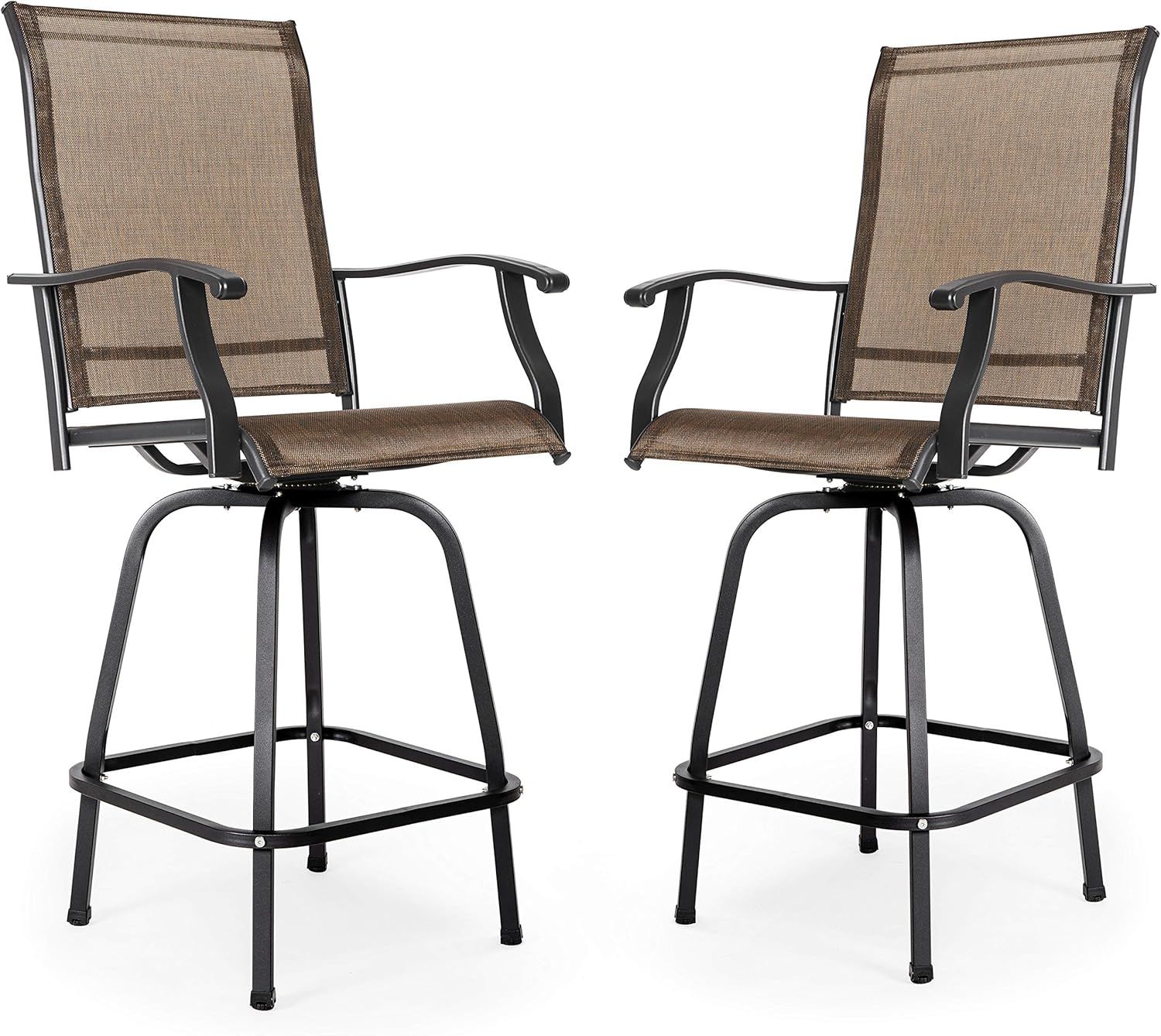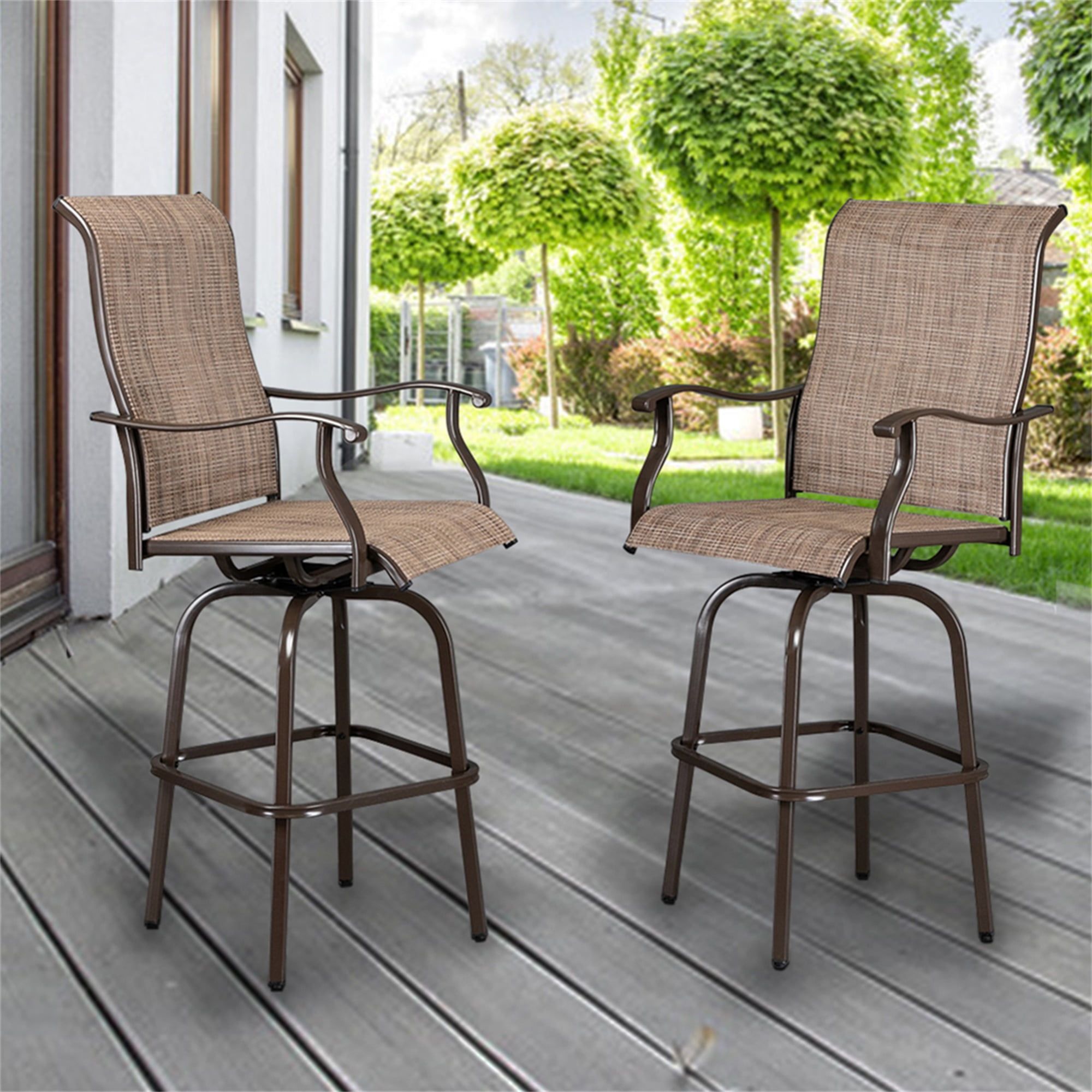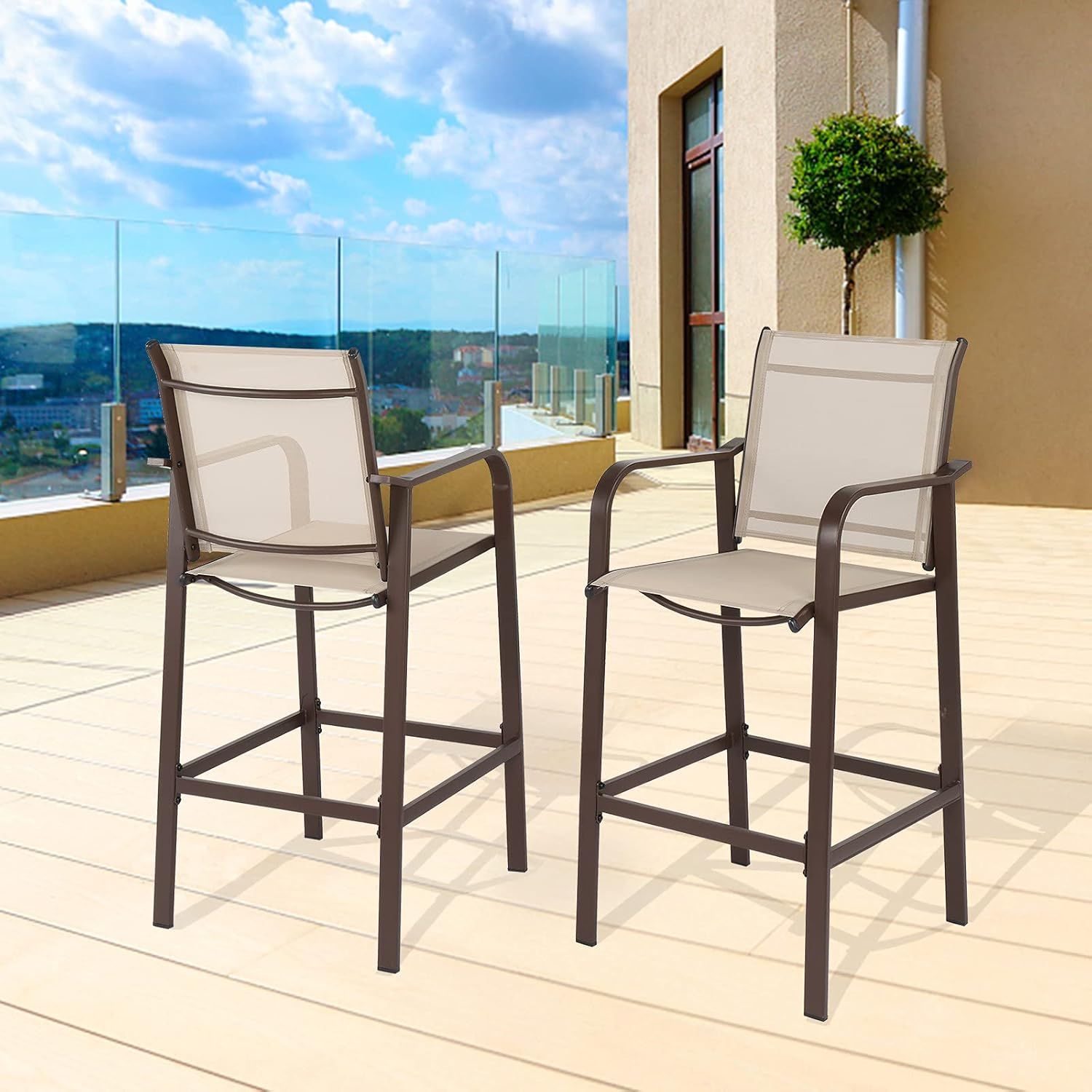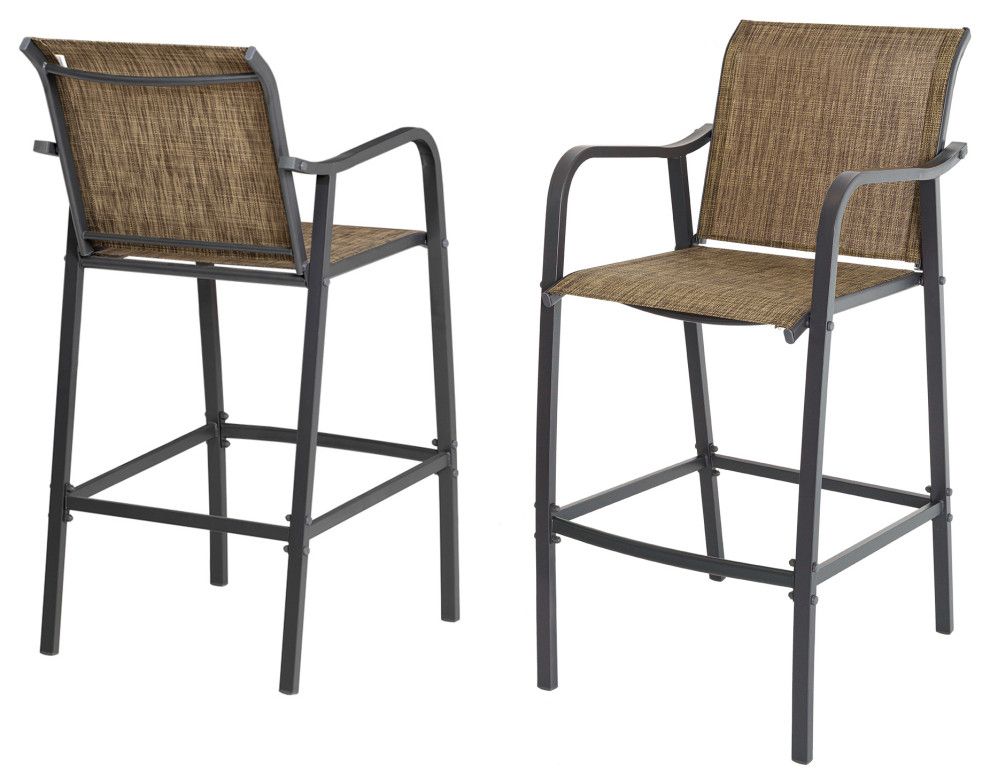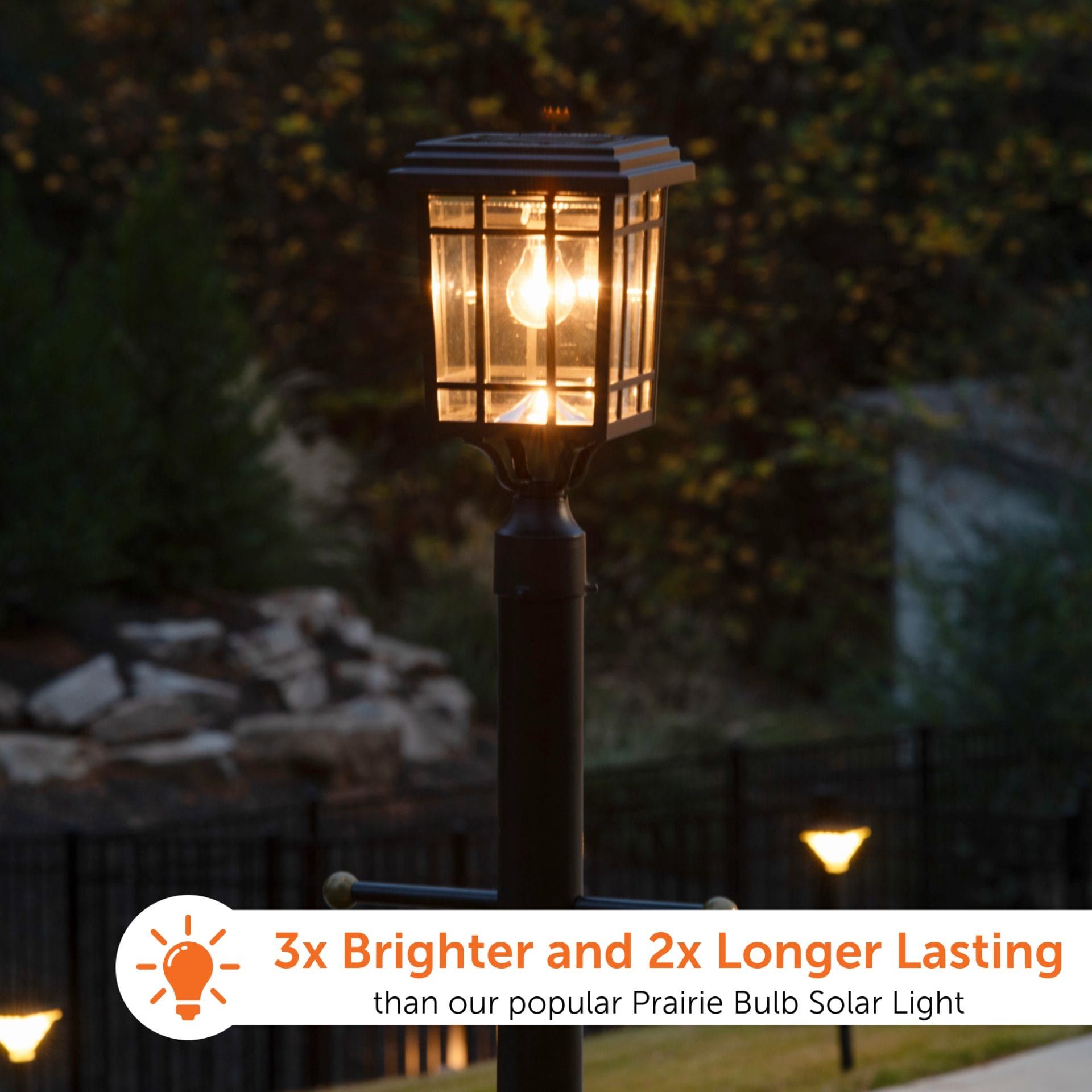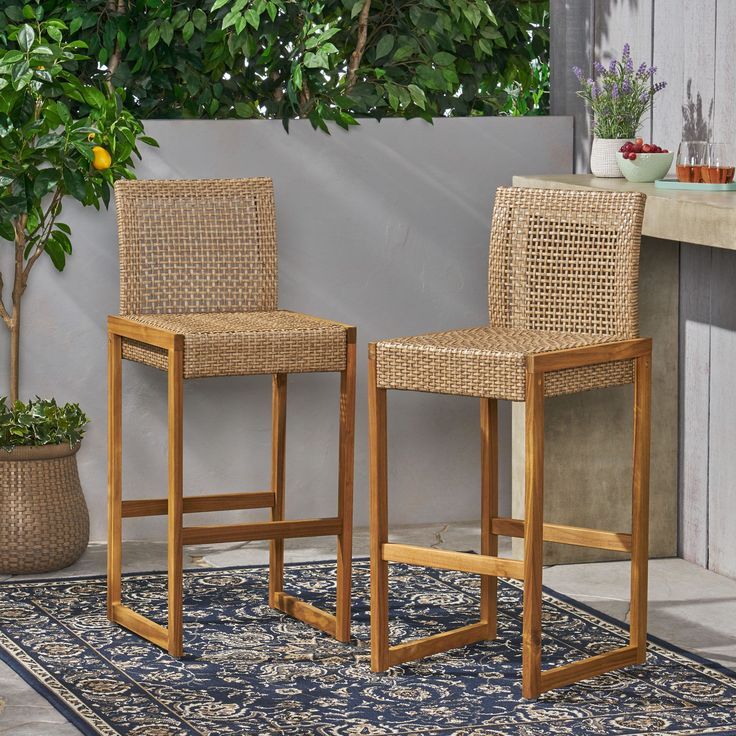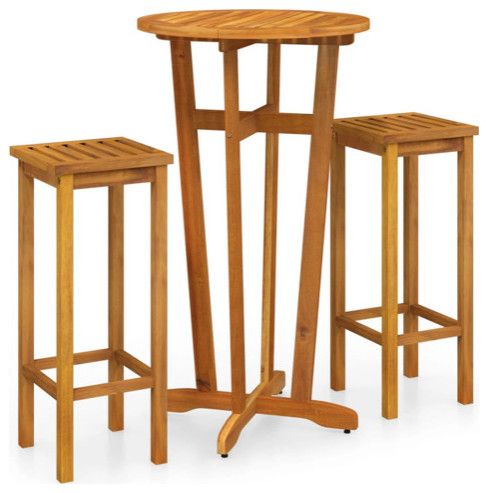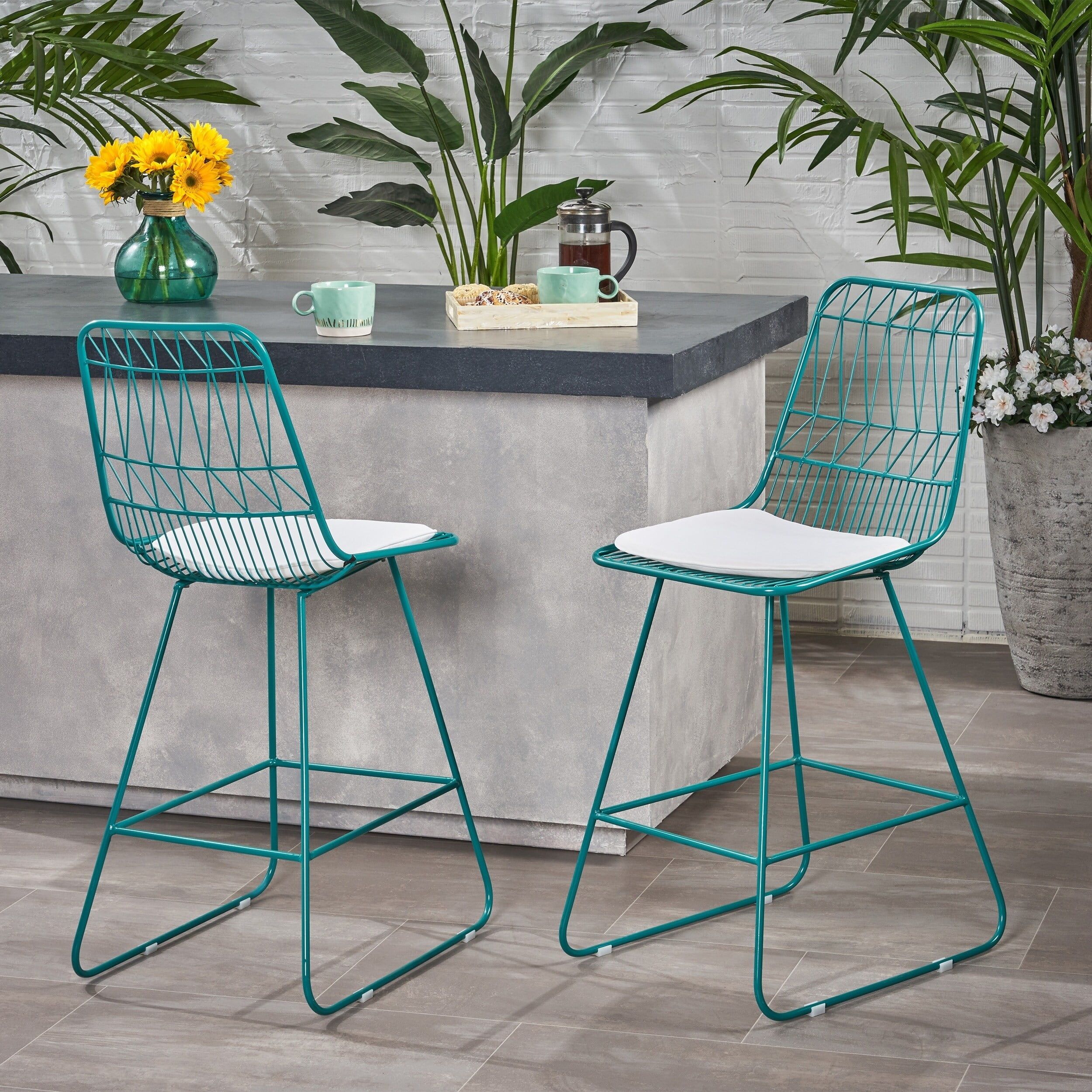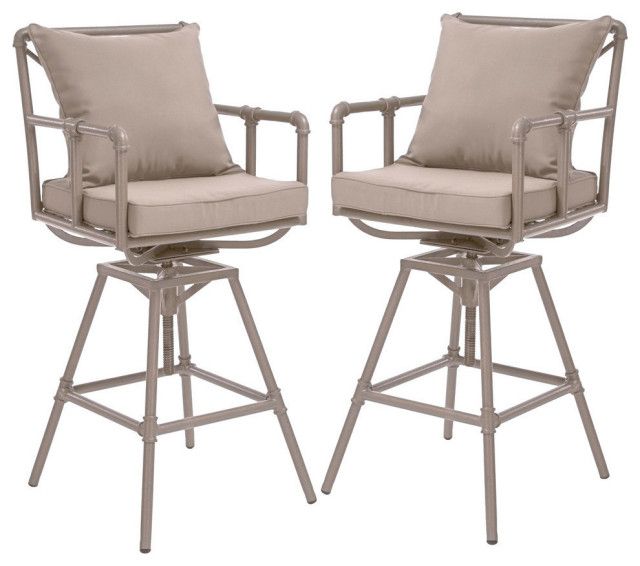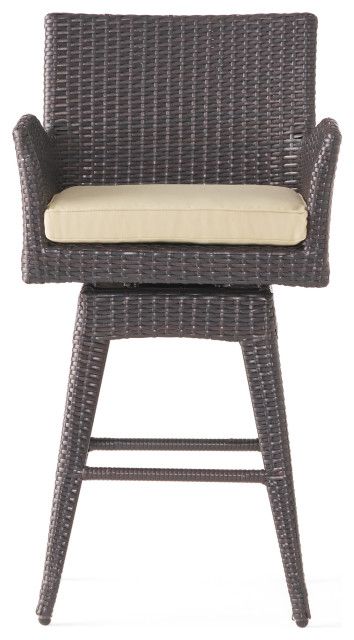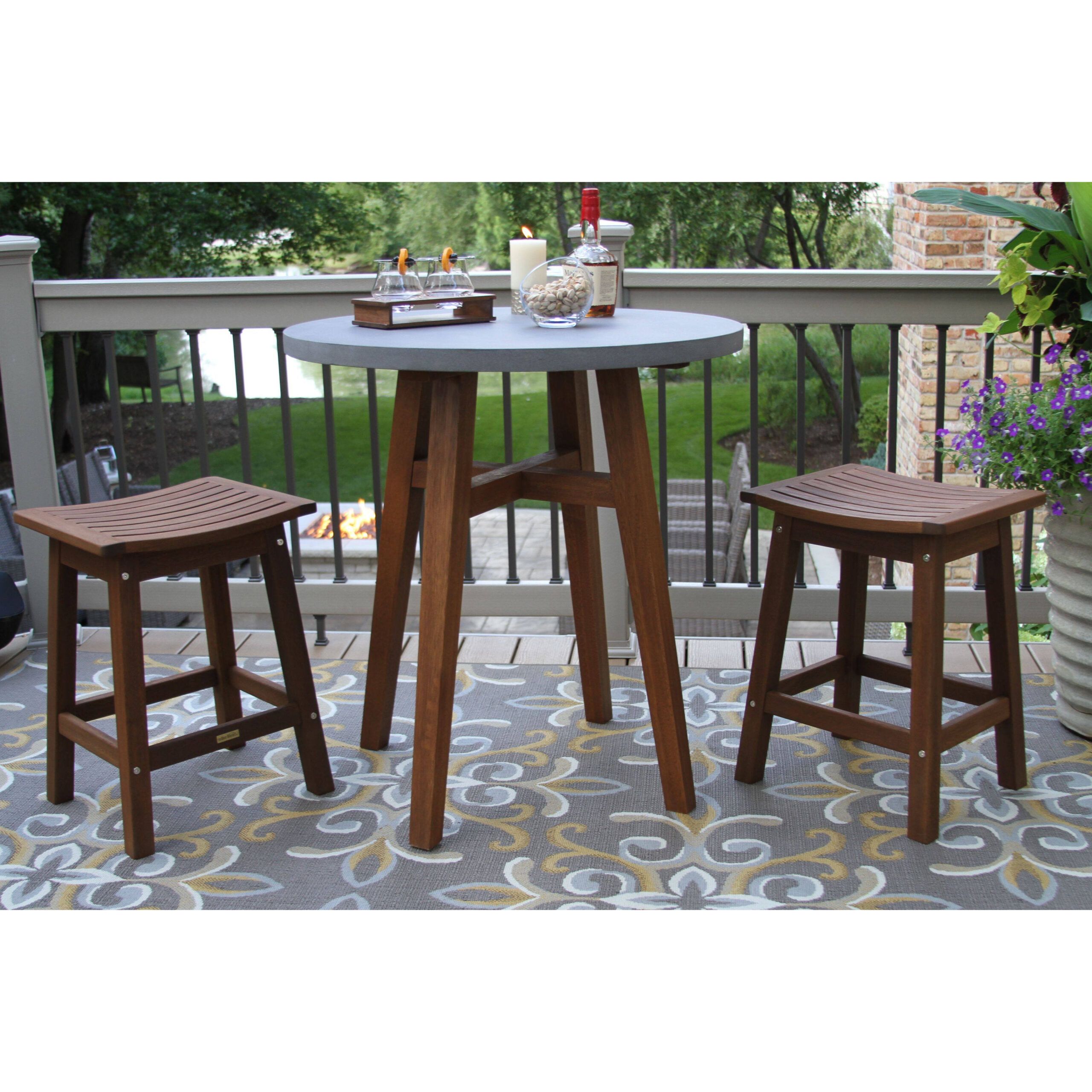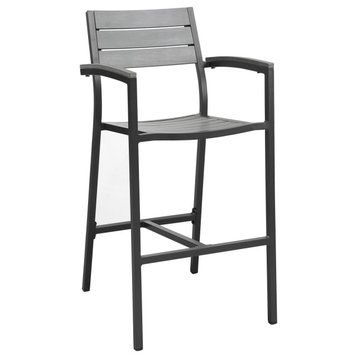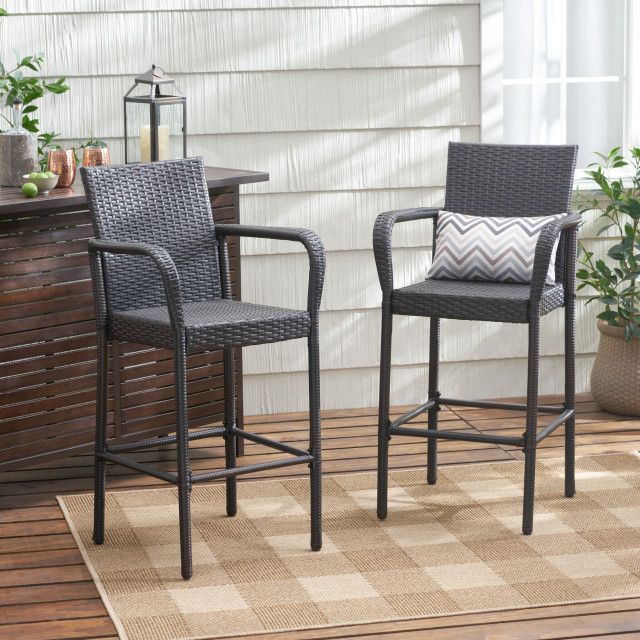Your outdoor space is an extension of your home, a place for relaxation, entertainment, and enjoying the fresh air. And a good deck is the cornerstone of all that. But navigating the world of decking can feel overwhelming, right? From the type of woods to the different composite options, it’s a lot to take in. This guide is here to help you sift through the jargon and make informed choices. We’ll break down everything you need to know to choose the right decking for your needs and create a truly beautiful outdoor space. Forget the endless searching and the confusing terms; let’s make this process simple and enjoyable.
Let’s dive in and decode decking together. You’ll be well on your way to building that dreamy outdoor area in no time.
Choosing decking is more than just selecting a surface; it’s about crafting an experience. It’s the feel of the sun on your skin, the sound of laughter, and the aroma of a summer barbecue. It’s about creating a space that reflects your style and meets your lifestyle. This article will take you through the essential considerations, helping you make smart decisions about materials, maintenance, and design, all while keeping things real and easy to understand. We’ll cover everything from the most popular wood options to the low-maintenance appeal of composites, and even touch on some less common, but super cool, alternatives.
Wood Decking: The Timeless Classic
Wood decking offers a classic aesthetic and a natural warmth that’s hard to beat. It’s been a favorite for generations, and for good reason. However, it does require more upkeep than some other materials. Let’s explore some of the most popular wood options:
Pressure-Treated Lumber: This is usually the most budget-friendly choice, and it is treated to resist rot, decay, and insects. It’s a good starting point, but it does require regular staining or sealing to maintain its appearance and longevity.
Cedar: Cedar is naturally resistant to rot and insects, and it has a beautiful, reddish hue. It’s a step up in price from pressure-treated wood, but it offers a more premium look and feel. It still requires some maintenance, though, like occasional staining or sealing.
Redwood: Similar to cedar, redwood is naturally weather-resistant and has a gorgeous color. It’s a bit pricier, but it’s known for its durability and ability to withstand the elements. You’ll still need to maintain it, but the investment can be worth it for its long life and aesthetic appeal.
Tropical Hardwoods (Ipe, Mahogany, etc.): These are the top-of-the-line options when it comes to wood decking. They are incredibly dense, durable, and naturally resistant to rot, insects, and the weather. They have a rich, luxurious look, but they come with a higher price tag and require specialized installation. Think of it as the luxury car of decking materials.
Composite Decking: The Low-Maintenance Champion
If you’re looking for a decking option that’s easy to care for, composite decking is a fantastic choice. It’s made from a combination of wood fibers and recycled plastic, making it a sustainable and low-maintenance alternative to natural wood.
Key Benefits: One of the biggest advantages of composite decking is its low maintenance. It doesn’t require staining or sealing, and it’s resistant to rot, decay, and insects. You can simply clean it with soap and water. It also comes in a wide range of colors and styles, so you can find one that matches your aesthetic.
Things to Consider: While composite decking is low-maintenance, it can be more expensive than pressure-treated wood. Some composite decking can also be prone to fading over time, so it’s important to choose a high-quality product. Also, it can get hotter than wood in direct sunlight, so keep that in mind if you live in a sunny climate.
Brands to Look At: Trex, TimberTech, and Fiberon are some of the leading brands, known for their quality and durability. Do some research and read reviews before making a final decision.
Alternative Decking Materials: Thinking Outside the Box
Beyond wood and composite, there are other decking materials that are worth exploring. These offer unique benefits and aesthetic appeal.
Aluminum Decking: Aluminum decking is incredibly durable and resistant to the elements. It’s also lightweight and easy to install. It can be more expensive initially, but it offers a long lifespan and requires very little maintenance.
PVC Decking: PVC (polyvinyl chloride) decking is similar to composite decking, but it’s made entirely of plastic. It’s very low-maintenance and comes in a variety of colors and styles. It can be a good choice for areas with high moisture or humidity.
Tile Decking: If you want a more modern look, tile decking can be a great option. It’s available in a wide range of materials, including porcelain, ceramic, and stone. Tile decking is durable and easy to clean, but it can be more challenging to install and may require professional help.
Think about your personal preferences and the overall look you’re going for when you’re choosing from these alternatives.
Choosing the Right Decking for Your Needs
Selecting the right decking material involves balancing several factors. There isn’t a one-size-fits-all answer, so it’s crucial to consider your specific needs and preferences:
Budget: How much are you willing to spend? Wood decking is generally more affordable upfront, while composite and alternative materials can be more expensive.
Maintenance: How much time and effort are you willing to dedicate to maintenance? Composite decking requires the least amount of upkeep, while wood decking needs regular staining or sealing.
Climate: What is the climate like in your area? Choose materials that can withstand the local weather conditions, such as extreme temperatures, humidity, or heavy rainfall.
Aesthetics: What look are you trying to achieve? Wood decking offers a classic, natural aesthetic, while composite and alternative materials come in a variety of colors and styles.
Durability: How long do you want your deck to last? Consider the lifespan of each material and choose one that will withstand wear and tear over the years.
Installation: Are you planning to DIY or hire a professional? Some materials are easier to install than others, so consider your skill level and the availability of professional installers in your area. Remember, it’s always a good idea to get a few quotes before you start your project.
Decking Design and Installation Tips
Once you’ve selected your decking material, it’s time to think about design and installation. Proper planning and execution are essential for a beautiful and functional deck.
Planning: Before you start, take the time to plan your deck layout. Consider the size and shape of your space, and how you want to use the deck. Think about things like traffic flow, furniture placement, and any features you want to include, such as built-in seating or planters.
Installation: Follow the manufacturer’s instructions carefully when installing your decking. Proper installation is crucial for the longevity and safety of your deck. If you’re not comfortable with DIY, consider hiring a professional installer.
Safety: Always prioritize safety during installation. Wear appropriate safety gear, such as gloves, eye protection, and a dust mask. Make sure your deck meets all local building codes and regulations.
Accessories: Think about accessories like railings, stairs, and lighting to enhance the look and functionality of your deck. Railings provide safety, while stairs make it easy to access different levels. Outdoor lighting can add ambiance and extend the usability of your deck into the evening.
Permits: Be sure to check local building codes to determine if you need a permit for your decking project. This will help ensure that your deck meets safety standards and is built to code.
Maintaining Your Deck: Keeping It Looking Its Best
Proper maintenance is essential to keep your deck looking its best and to extend its lifespan. The maintenance requirements vary depending on the decking material you choose.
Wood Decking: Wood decking requires regular cleaning, staining, or sealing. Clean your deck at least twice a year with a deck cleaner and a brush. Apply stain or sealant every 1-3 years, depending on the product and the amount of sun exposure.
Composite Decking: Composite decking is low-maintenance, but it still requires some care. Clean your deck regularly with soap and water to remove dirt and debris. Avoid using harsh chemicals or abrasive cleaners, as they can damage the surface.
Other Materials: Follow the manufacturer’s recommendations for cleaning and maintaining other decking materials, such as aluminum or PVC. These materials usually require minimal maintenance, but regular cleaning is important.
Protection: Protect your deck from the elements by covering it during the off-season or using a deck cover. This will help prevent damage from snow, ice, and rain. Also, keep an eye out for any signs of damage, such as cracks, splinters, or loose boards, and address them promptly to prevent further issues.
Choosing the perfect decking material is a significant decision, but with the right knowledge, it doesn’t have to be daunting. By considering your budget, maintenance preferences, climate, and design goals, you can select a material that will transform your outdoor space into a true sanctuary. Remember, the best decking is the one that meets your needs and brings you joy. So, take your time, do your research, and enjoy the process of creating your dream outdoor area. Happy decking. Now go outside and enjoy it!
